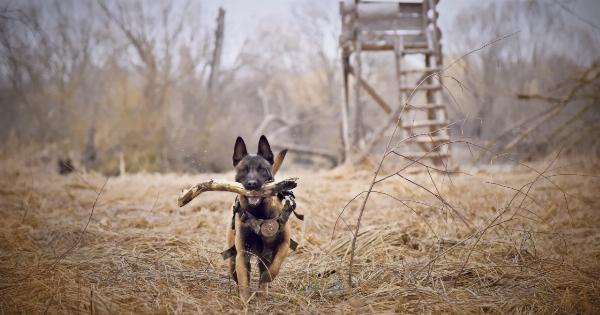Dogs are known to be man’s best friend, but often times, certain behaviors can make them a bit challenging to handle.
Whether you’re dealing with excessive barking, digging, or aggression, problematic behavior in dogs can be a source of frustration for pet owners. Fortunately, with proper training and patience, most behaviors can be corrected. Here are some tips for addressing problematic behavior in dogs.
Identify the cause of the behavior
Before you can start addressing the problematic behavior, you must first identify why the behavior is occurring. In some cases, problematic behavior can be attributed to a lack of exercise or insufficient training.
In other cases, behavior can be caused by fear, anxiety, or feeling neglected. By understanding the root cause of the behavior, you can start to work on correcting it.
Use positive reinforcement
Positive reinforcement is an important aspect of dog training. When your dog exhibits good behavior, reward them with a treat, praise, or extra playtime. This encourages your dog to repeat the behavior more frequently.
Conversely, negative reinforcement, such as punishment or scolding, can lead to fear, anxiety, and aggression, making the behavior worse. Positive reinforcement is a safer and more effective training technique.
Be consistent with your training
Consistency is key when it comes to dog training. Make sure everyone in the household is using the same training techniques, commands, and rewards to avoid confusion.
Dogs thrive on routine, so it is important to be consistent with your training schedule and methods. This will help reinforce good behavior and correct problematic behavior more effectively.
Provide structure and boundaries
Dogs respond well to structure and boundaries. Establishing rules and routines can help prevent problematic behavior. Provide your dog with a quiet space to retreat to when they feel anxious or overwhelmed.
Create designated areas for playing, sleeping, and eating. This helps your dog feel secure and in control, which can prevent problematic behavior.
Redirect behavior
Distracting your dog with a toy or treat can be an effective way to redirect problematic behavior. For example, if your dog is chewing on furniture, redirect their attention to a chew toy.
Encouraging your dog to engage in an appropriate activity can help redirect problematic behavior and prevent them from repeating the behavior in the future.
Consult with a professional
If your dog’s problematic behavior is severe or persistent, it may be time to consult with a professional dog trainer or behaviorist. They can assess the behavior and develop a personalized training plan to address the issue.
They can also provide guidance on how to reinforce good behavior and prevent problematic behavior from occurring in the future.
Conclusion
Problematic behavior in dogs can be frustrating, but with patience, consistency, and proper training, most behaviors can be corrected.
Understanding the root cause of the behavior and providing structure, boundaries, and positive reinforcement can help prevent and correct problematic behavior. If the behavior persists, consulting with a professional can provide valuable guidance.
























